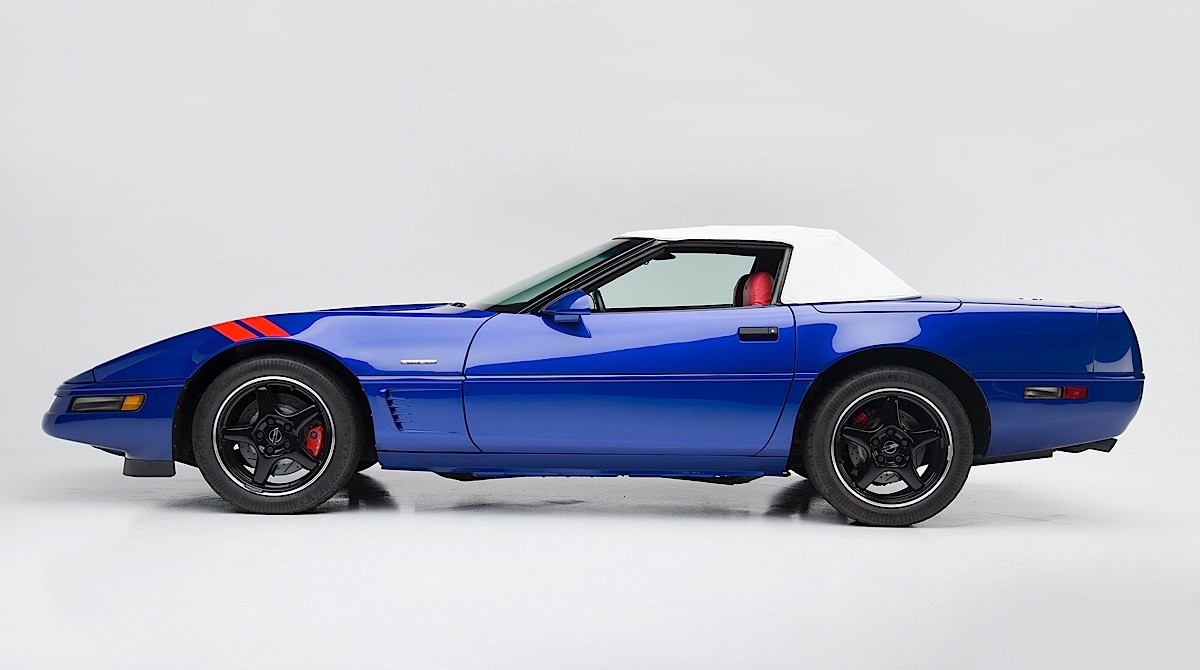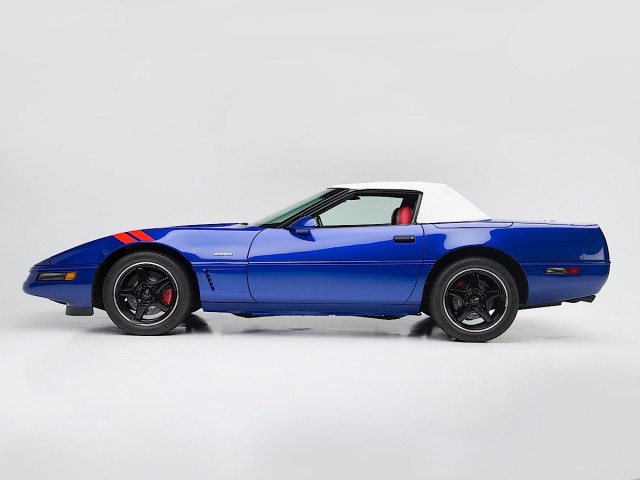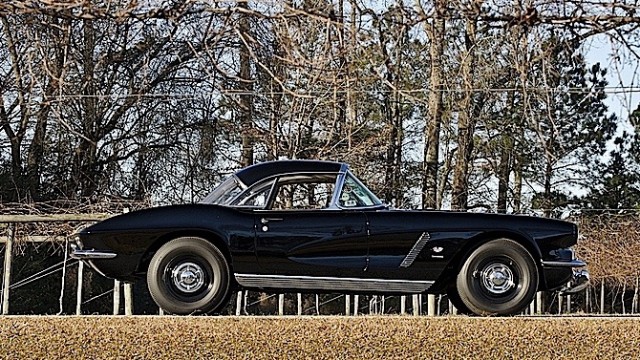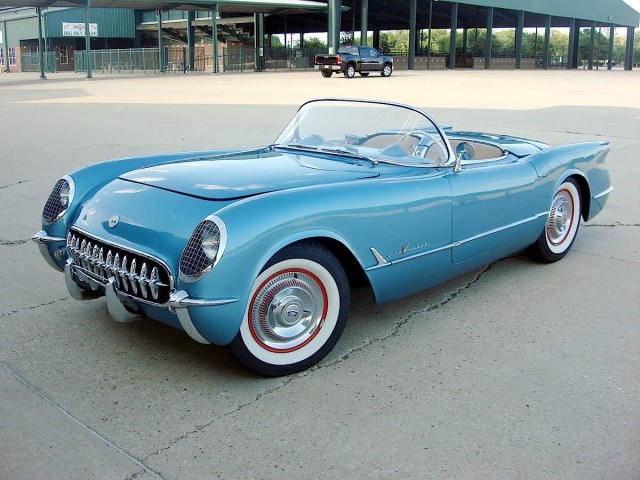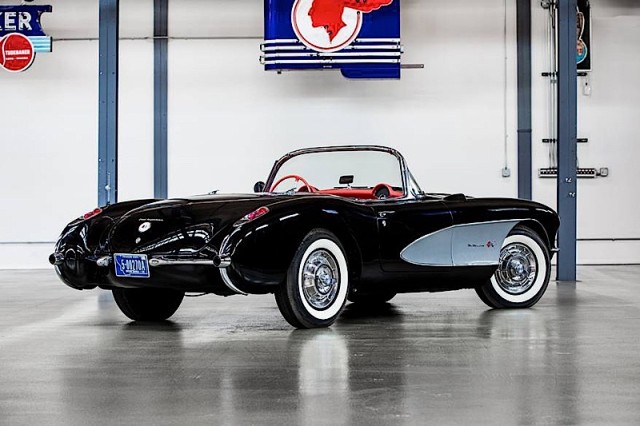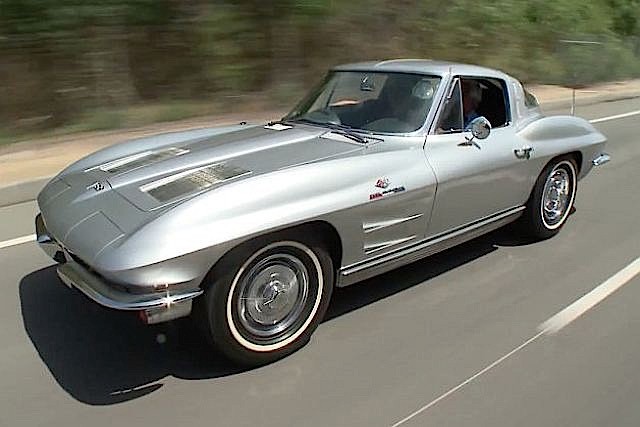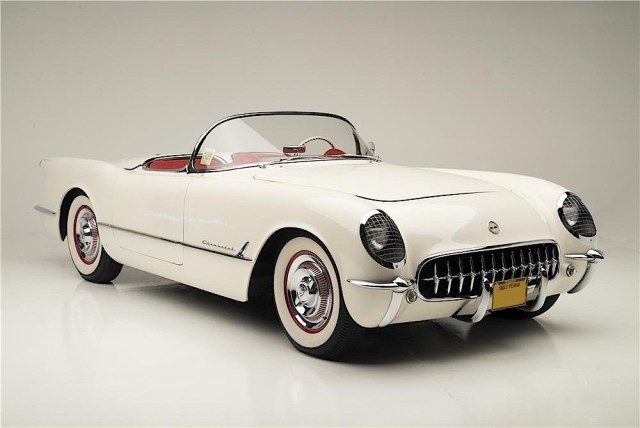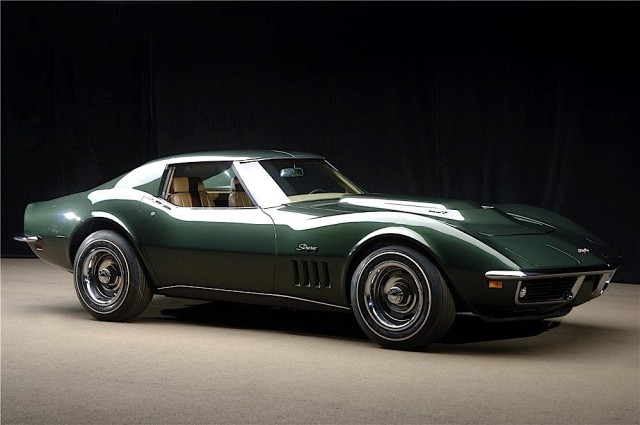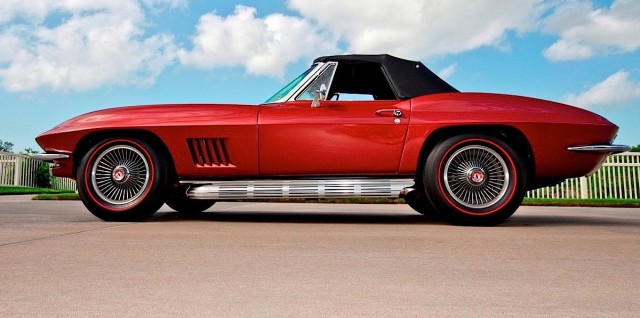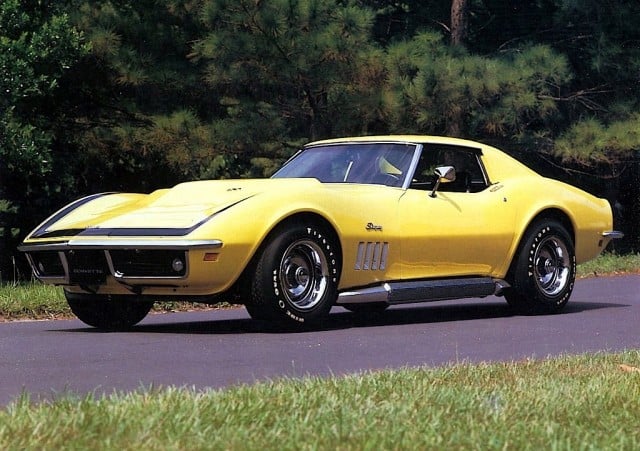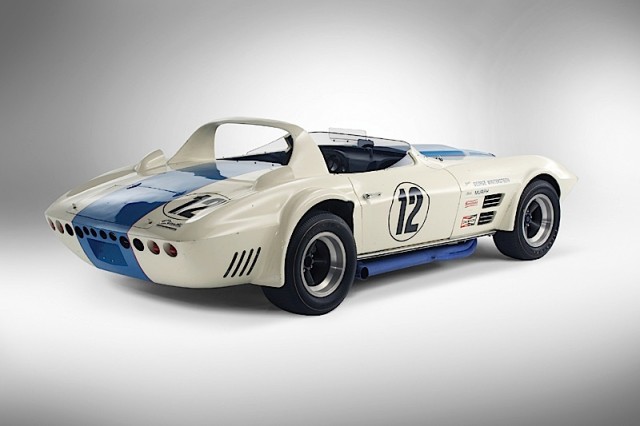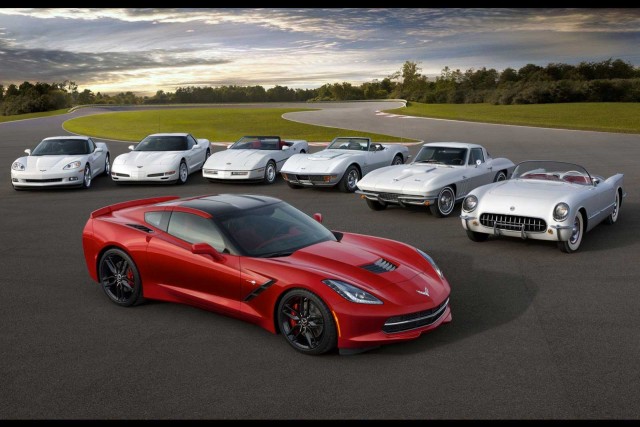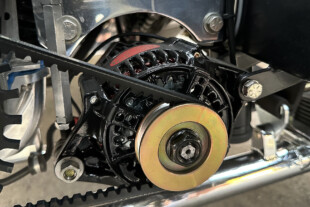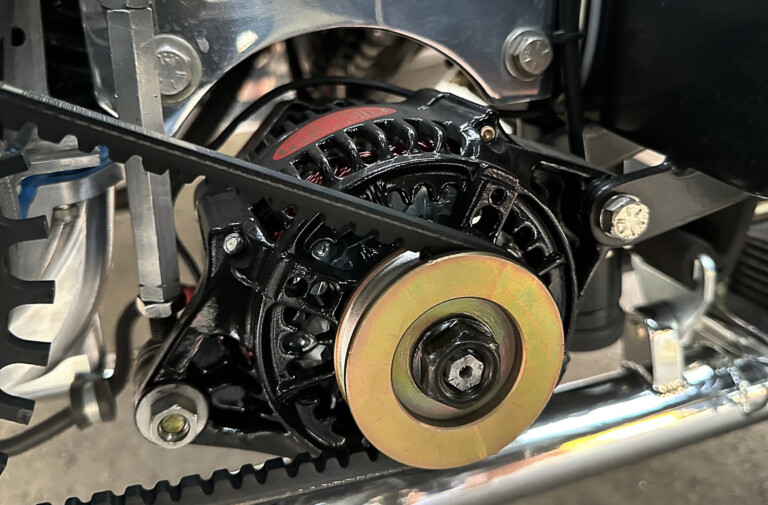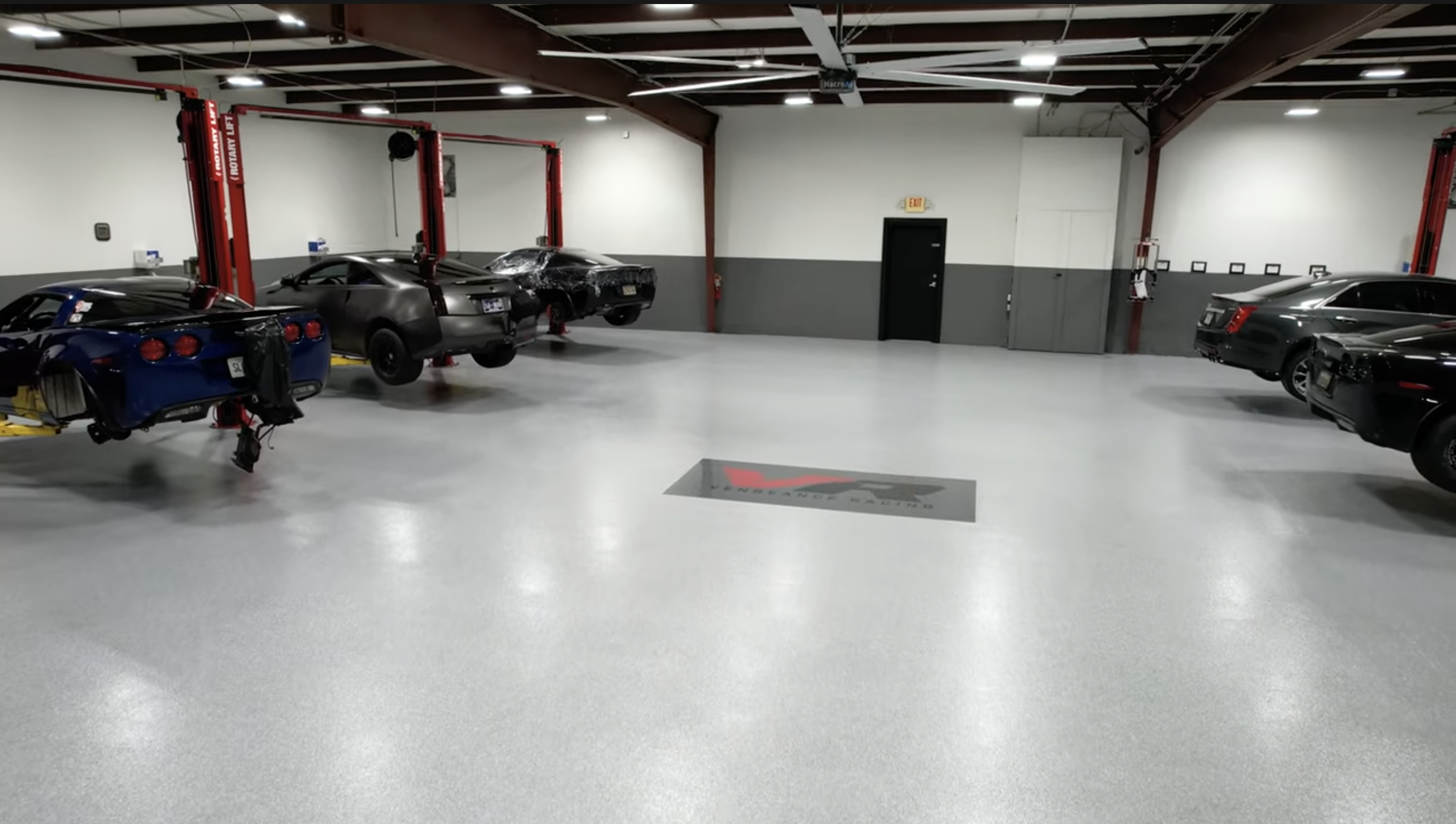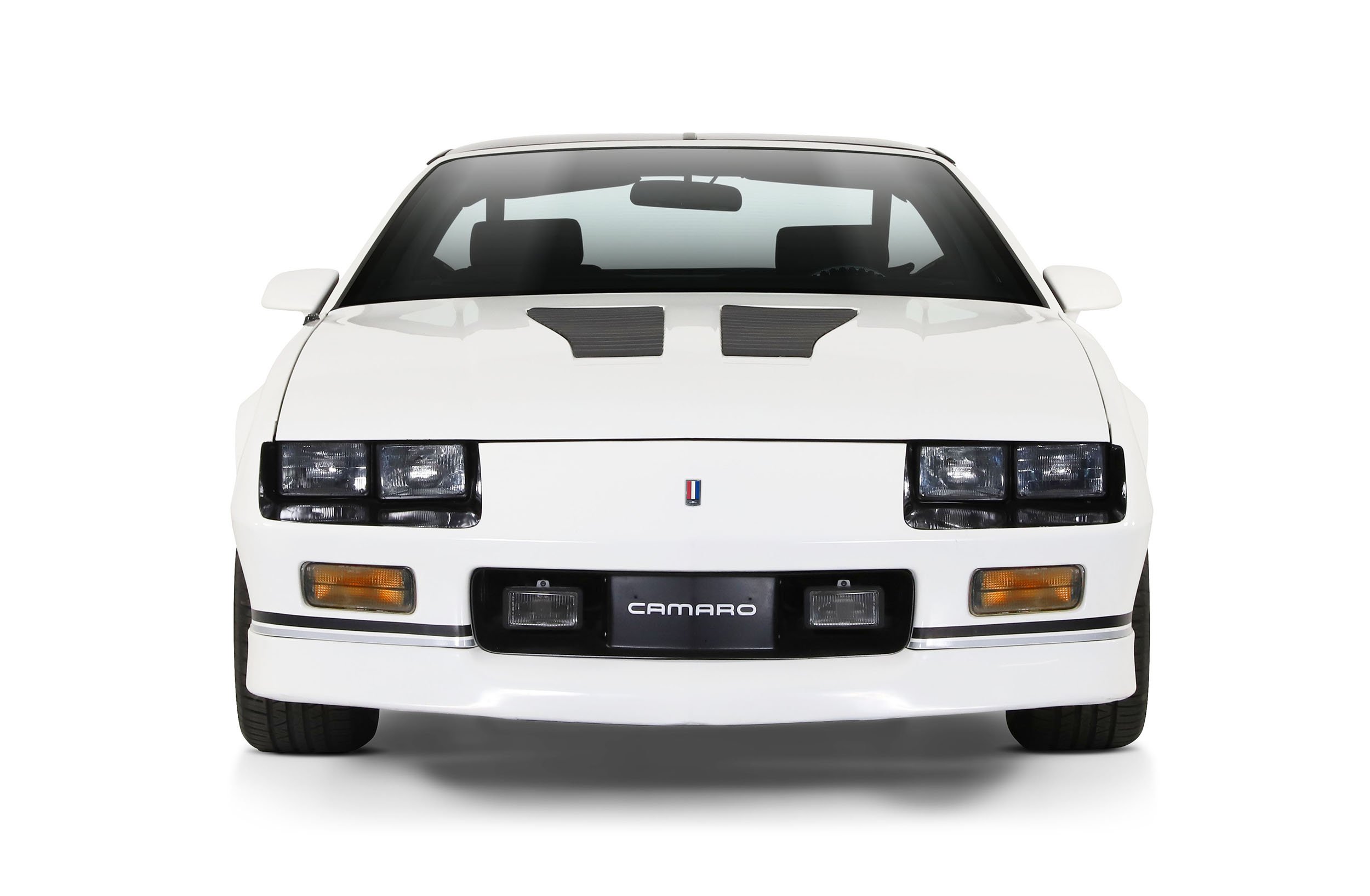CNN Money has listed the 10 most valuable Corvettes according to their research, using the mean sold price. Starting with number 10 and increasing in value we have listed each of the cars along with a bit of tech and specifics about each model. We understand that there may be some very unique or special editions that can draw higher dollar figures, but this list tried to cover the more well known Vettes.
Many of the Corvettes are still climbing in value and as the calendar pages fly by, these cars are only becoming older and more rare. As much as we love the new capabilities and technology that GM has put into the more recent Corvettes, there is just something about a classic.
1996 Grand Sport, convertible – $40,800
The 1996 Grand Sport convertible is one of the rarest C4s built. While there were a few special edition cars built with extremely limited numbers, few are more recognizable then the famed C4 Grand Sports thanks to their paint schemes; which is Admiral Blue, an Arctic White stripe down the center, and two red slashes on the driver side front fender.
There were 1,000 C4 Grand Sports built, but the convertible only made up 190 of these. Equally as notable as the paint, is the LT4 engine which housed: a 10.8:1 compression ratio, aluminum heads and camshaft, a 6,300 rpm rev limiter, and produced 330 hp at the crank. Quite the engine for 1996!
1962 327 “Fuelie” – $96,500
At this point the Corvette was about ready for a makeover, making 1962 the last year of the C1 Corvette. This year also marked the last year for exposed headlights until 2005, and the last time a solid-axle rearend would be utilized, which would never return; after all it is a sports car.
Engine displacement would increase to 327 cubic inches across the board, and they were available in a few horsepower varieties. The most valuable and most potent option was fuel-injected, utilized solid lifters, and had a compression ratio 11.25:1. This motor punched out 360 hp, it was definitely a contender on the strip and street.
1955 Corvette – $113,000
Chevrolet debuted its small-block, 195 hp V8 in 1955, and the engine found a home in the Corvette. Originally the car was only built with the Powerglide automatic transmission, though a three-speed manual would become available later in the model year.
While the majority of GM’s fleet faced chassis redesigning in 1955, the Corvette maintained its chassis through the final year of the C1 design in 1962, as the Corvette was constantly being evaluated for cancelation. Only 700 Vettes were ultimately built this year which make it extremely rare, and highly valuable.
1957 Corvette “Fuelie” – $129,200
The 1957 Corvette has nearly identical styling to the ’56 though this would be the last year of the single headlights. The engine was pumped up to 283 cubic inches, and fuel injection became a factory option. A four-speed manual transmission became available in the Spring of that year, which helped to better control the engine’s 290 hp.
At the time, Chevrolet’s advertising agency used the slogan, “One horsepower per inch.” All of mathematicians have realized that this would equate to 283 hp, but the 290 hp is correct when equipped with fuel injection. Chevrolet actually marketed this motor on the conservative side. This year, the Corvette could also be ordered “ready-to-race” with special options, some of which included: a 283 hp engine with the Fresh Air and Tach Package, Heavy-Duty Suspension, and 15×5.5-inch wheels.
1963 Z06 “Big Tank” – $209,700
1963 marks the year of the first C2 Corvettes, and was also the only year of the split rear window. These cars were all constructed with 327 cubic inch engines, and produced 250 hp standard. While there were several variations that increased horsepower production, the most powerful engine utilized Rochester fuel injection and made 360 hp.
This would also mark the first year a performance equipment package would be offered, ordered using RPO (Regular Production Option) code Z06 was born. The reason these cars are referred to as “Big Tanks” is because the Z06 package initially had a 36.5-gallon gas tank, compared to the 20-gallon tank. Only 199 1963 Z-06 Corvettes were ever produced, 63 of which were factory-documented “Big Tank” builds.
1953 Corvette – $300,000
The first model year for the Corvette was 1953, but America’s sports car had a bit of a slow start. During this year, only 300 cars were produced marking it as the lowest production volume model year in Corvette’s history. Effectively, these cars were hand-built and appropriately each 1953 Corvette is slightly different from the next.
A lack of experienced craftsman and quality fiberglass created issues with water leaks, fit and finish, and door fitment. While these issues were eventually resolved, the public had a negative reaction to the Corvette’s debut.
That being said, all the cars were finished with Polo White exteriors, red interiors, and black canvas tops. Original manuals depict them as options, but all 300 cars were built with heaters and an AM radio. The original cost of the C1 was $3490, and over 200 are reported to be in existence today.
1969 L88 – $478,000
1969 marks the year that the Chevy small block increased in size from 327 cubic inches, to 350, or 5.7-liters. These cars featured 8-inch wide wheels, though tires remained the same. Positraction was an option for the Corvette at this time, though more than 95-percent of all cars would receive it from the factory. Badges were affixed to the front fenders, and it was changed to “Stingray” from the C2 “Sting Ray” nameplate.
However, the L88 was a different animal. These cars came equipped with a 427 cubic inch engine, a L88 competition hood, heavy-duty M22 four-speed transmission, and even special brakes, suspension, and an ignition system. The L88 was a full package, and the previous options had to be ordered to make your car a true L88.
1967 L-88 – $1,000,000
While the C2 had only come into existence a few years prior, 1967 would mark the end for the C2 Corvette Sting Ray. Aside from changing the rear window after the first year, the body changes we relatively small. The typical changes were made to the grilles, lights, wheels, and rocker panels but the car stayed relatively similar; this may have contributed to its now iconic shape.
The 427 cubic inch motors of the time typically came equipped with three Holley two-barrel carburetors, which the factory dubbed Tri-Power. These engines were certainly no slouch, but the L-88 was the real beast of the era. It was essentially the closest thing to a race motor that Chevy had ever released to the public.
The L-88 featured: lightweight heads with huge ports, an very aggressive camshaft, an aluminum radiator, small-diameter flywheel, and a giant Holley four-barrel carburetor. The engine design produced a compression ratio of 12.5:1, which required an fuel octane rating of 103, available at select filling stations. The factory claimed that the motor produced 430 hp at 4,600 rpm. In reality, this motor produced about 560 hp at 6,400 rpm… a bit more of a handful than expected.
The motor and accompanying chassis options were quite impressive but the additional $1,500 over base deterred most buyers. In fact only 20 1967 L-88s were sold that year.
1969 ZL1 – $1,400,000
Ironically, the second most valuable Vette doesn’t appear to be any different than the 1969 L88, which is worth about a third. Most people will never even see this car in person, and that is because a mere two were ever built. The ZL1 engine was roughly an all aluminum version of the iron L88. That being said the internal construction was quite different as the journals and web areas were all much beefier, for more bolting locations and the ability to handle increased power.
Additionally, this motor had the ability to accept a dry sump oiling system, an optional gear drive for the camshaft which was ground with a higher lift and different duration than the L88. So why didn’t more of the public choose this option? It added about $6,000 to the cost of their Corvette which was more than double that of the seemingly identical L-88.
1963 Grand Sport – $6,000,000-8,000,000
The true piéce de résistance of Corvette history has to be the 1963 Grand Sport. Nearing the end of 1962, in an attempt to end Carol Shelby’s reign on the racing circuits, Zora Arkus-Duntov and his colleagues issued a plan to build 125 ultra-light, high performance Corvettes. The 125-unit production number was selected so that the special Corvettes would qualify as “GT production cars” per the racing rules of their organization.
Sadly, General Motors put the brakes on the idea and canceled the program; but not before Mr. Duntov and his team were able to produce five cars – the Grand Sport was born. Due to the 125 minimum never being produced, the Grand Sport would never make its planned debut at the 1963 Le Mans race in France. That was not the end of the road for these natural born racers, they still brought plenty of thunder to road race circuits around the country in the hands of private racing teams.
These five, first generation, Grand Sport models were equipped with 377 cubic inch, aluminum V8s putting out an impressive 550 hp, four-speed manuals, four-wheel independent suspension, and proudly sat on the scales at 1,900 pounds. The massive weight reduction can be attributed to swapping many of the steel and iron parts for aluminum and magnesium.The special project team for the Grand Sport even went as far as not using any gel coat on the special hand-laid fiberglass bodies which gives the paint an odd translucent effect.
Final Thought
For the vast majority of us, most of these cars are far out of reach unless we happen to luck out in the lottery. However, it’s nice to know that there is such a big market for the historical vehicles in Corvette’s rich history. We are thankful that those with the means continue to preserve these awesome automobiles so that we can all have the opportunity to appreciate the rarest of America’s sports car.


